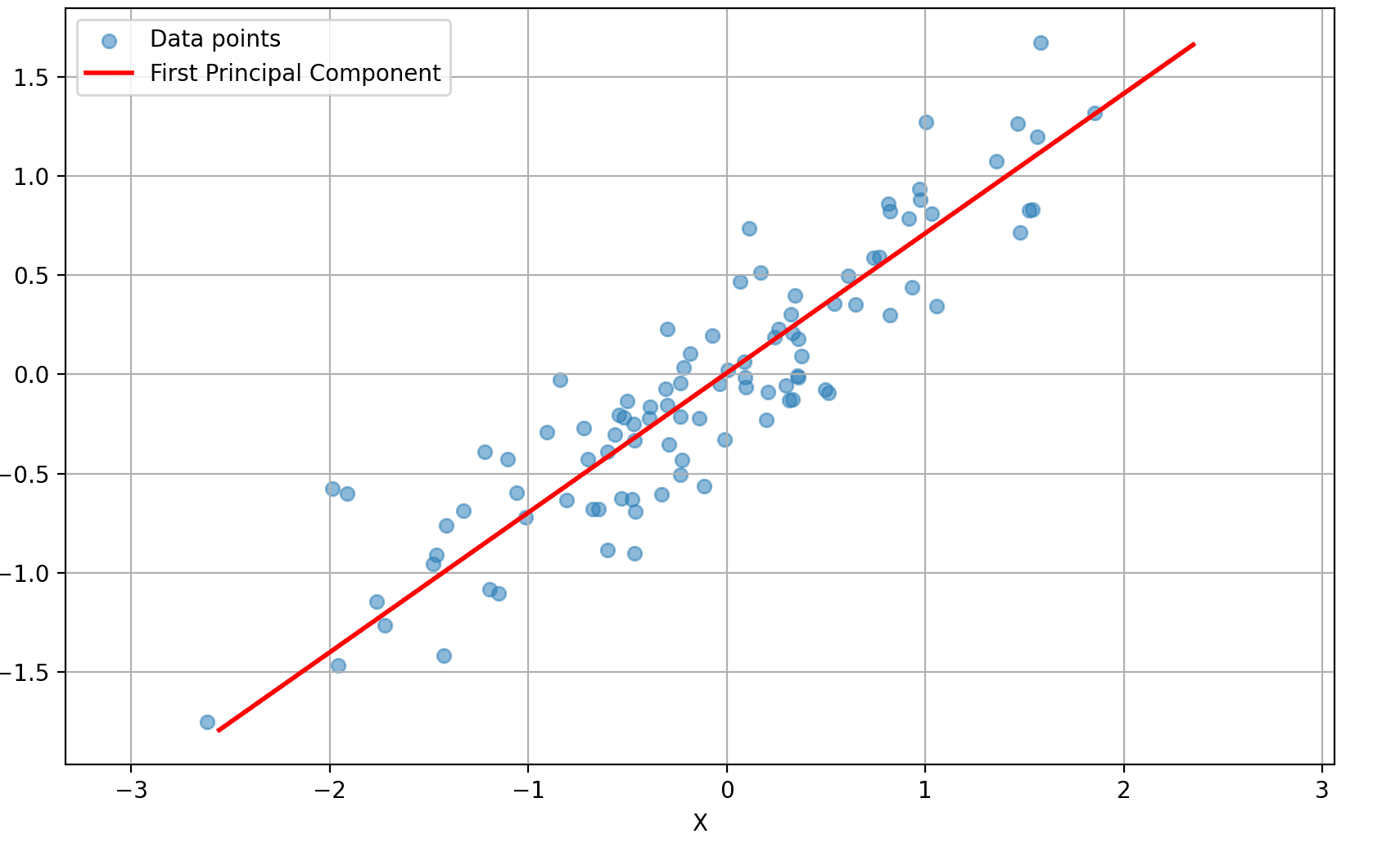
R2 metric for regression
March 12, 2025 6 min read
In this post I derive the coefficifent of determination (R2) metric for regression, explain its interpretations, connection to explained variance etc.
: Coefficient of determination
There are 2 main classes of supervised learning problems in ML: classification and regression. In the regression problem we are given a training set of data, where we have a data matrix (which consists of rows ) and a corresponding vector of targets . We need to train a regression model, such that given a test data , this model produces the best approximations of the true .
How to quantify, if the regression model is good or bad? The main metric in regression problem is the coefficient of determination .
Let’s say that true values are sums of their approximations and error terms :
As it is often done in ML, the coefficient of determination is derived through decomposition of variance into terms: let us decompose variance of target as a sum of variances of target approximations, variances of errors and a covariance term:
Good enough models should achieve absence of covariance between approximations and errors in approximations: . Given this fact, we simplify the expression above to just:
Now recall the definition of variance , where is the expectation (mean) of , and substitute it into the expression above:
Again, our model is assumed to be unbiased and have an expectation of error of 0: . Then:
.
Now we introduce several terms, used in definition:
- variance of true targets
- variance of target approximations
- variance of errors
The coefficient of determination is defined as the ratio of Explained Sum Squared (ESS) to Total Sum Squared (TSS).
This is the main metric of model quality in regression problems. The closer it is to 1, the better. In the next section we will show that it actually can be re-interpreted as a square of Pearson’s correlation between target and its approximation.
as squared correlation
The coefficient of determination equals the squared Pearson correlation coefficient between the predicted values and actual values . Let us prove this fact.
We start with the definition of coefficient of determination :
We need to show that it equals to the square of the Pearson correlation () between and .
The Pearson correlation coefficient () between and is:
(third equality here was proved in previous section)
Connection to explained variance
In the text above we used assumption that the model is unbiased and the expectation of error is 0.
Explained variance is exactly the same as coefficient determination, if this condition holds.
This must not be the case in general. If this is not true, we need to subtract expectation of the model in order to get explained variance.
TODO
References:
- https://economictheoryblog.com/2014/11/05/the-coefficient-of-determination-latex-r2/ - derivation of R2
- https://economictheoryblog.com/2014/11/05/proof/ - interpretation of R2 as Pearson’s correlation coefficient
- https://stats.stackexchange.com/questions/210168/what-is-the-difference-between-r2-and-variance-score-in-scikit-learn - on explained variance being shifted by mean

Written by Boris Burkov who lives in Moscow, Russia, loves to take part in development of cutting-edge technologies, reflects on how the world works and admires the giants of the past. You can follow me in Telegram
